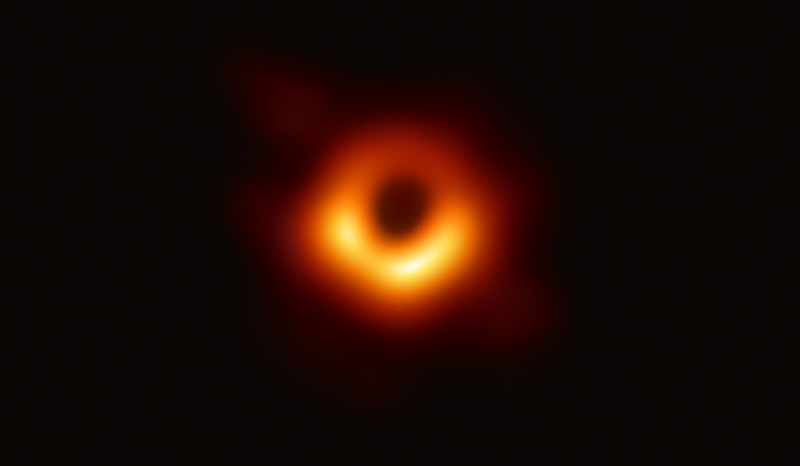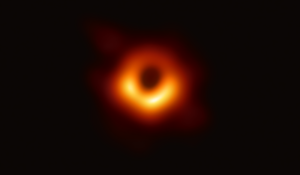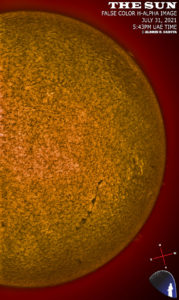On Wednesday, a major breakthrough in the field of astrophysics thrilled humankind when a team of scientists unveiled the first-ever photo of a super massive black hole.
It is found in the giant elliptical galaxy Messier 87 (M87), which is located 54 million light years from Earth. According to NASA, M87 “is the home of several trillion stars and a family of roughly 15,000 globular star clusters.” To get a clearer picture of its immensity, compare it with the figures of our Milky Way galaxy with a few hundred billion stars and about 150 globular clusters.
Al Sadeem Astronomy Observatory has an image of M87, too! See below.






